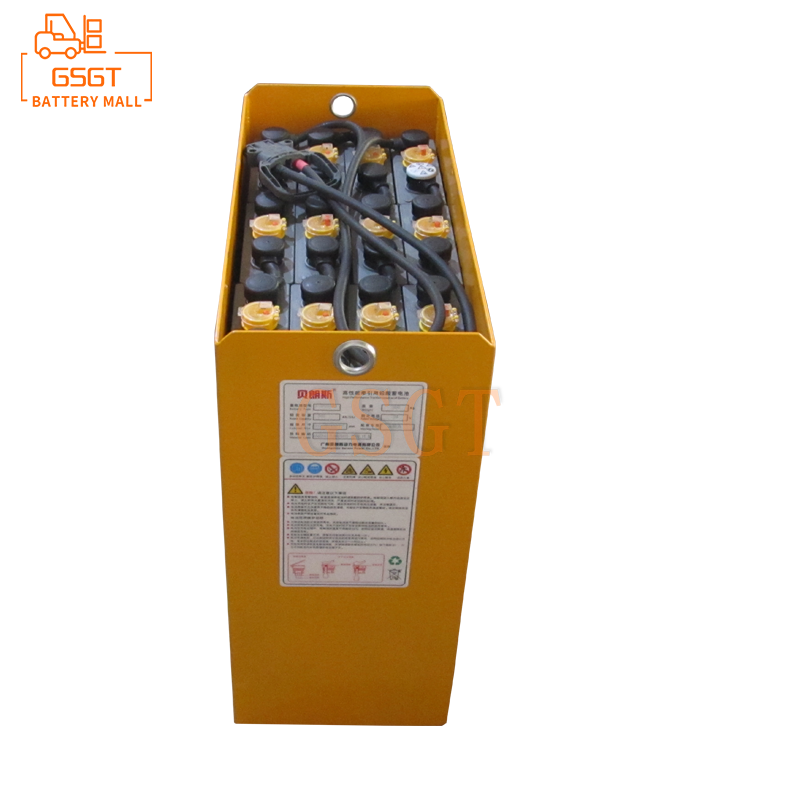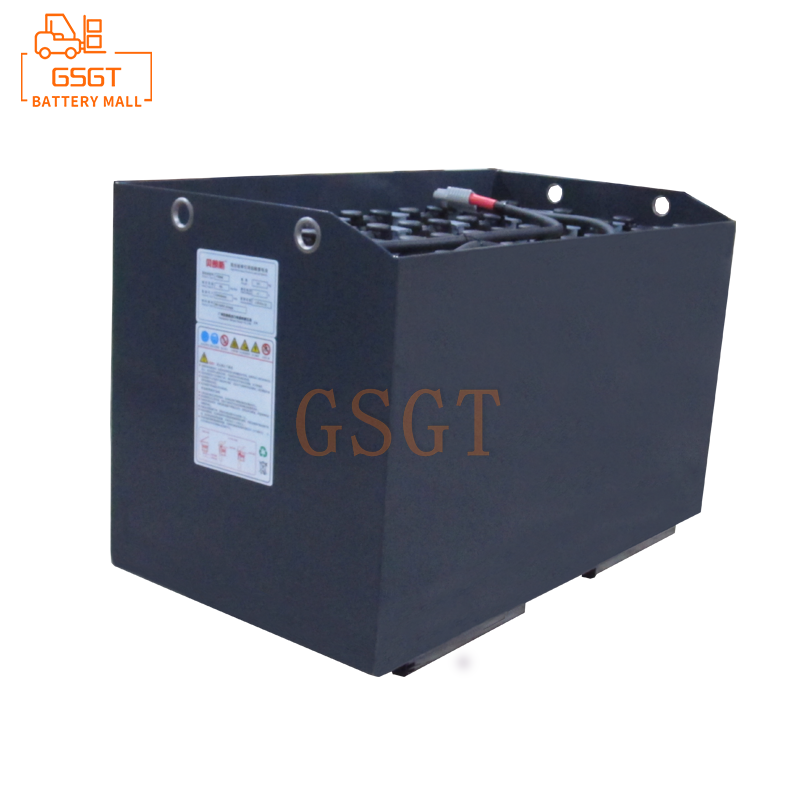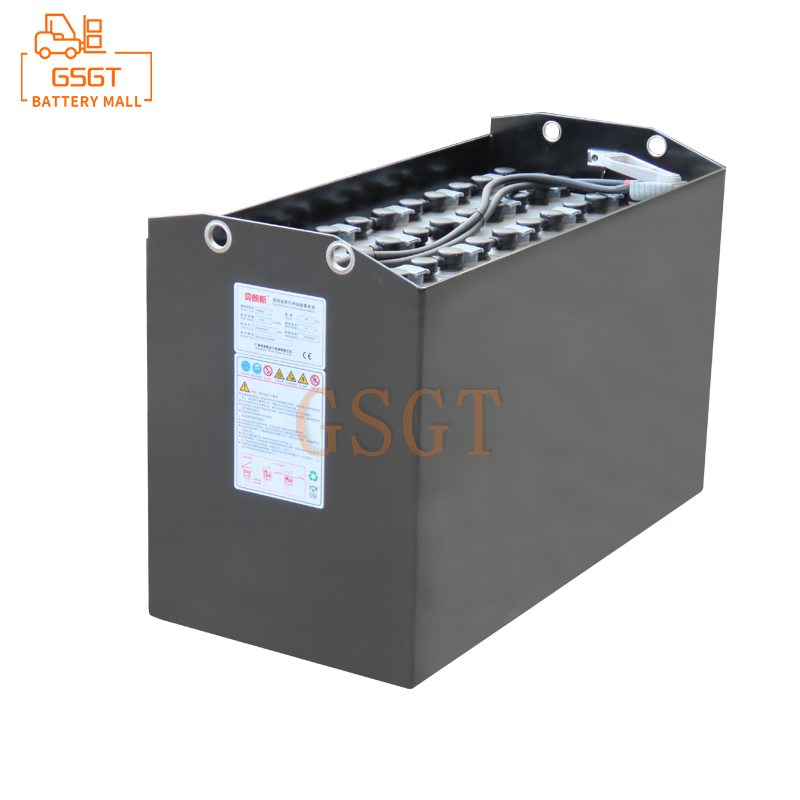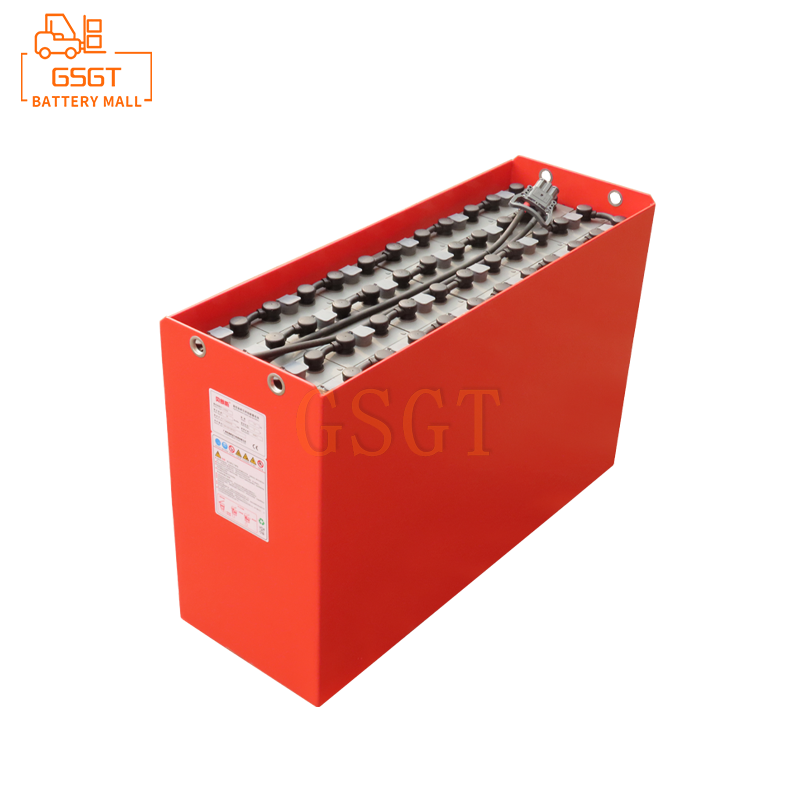Time:2025-03-10 10:44:24
Browse:336
In the field of energy storage, lead-acid batteries are widely used with cost advantages and mature technologies, from automobile engine compartments to industrial energy storage stations. However, the professional terms related to lead-acid batteries, like a threshold, make many people discouraged. In fact, these terms are the "language code" to unlock the working principle and performance characteristics of lead-acid batteries, and to understand them, you can deeply understand the mystery of this common energy storage device.
1. Electrode related terms
(1) Positive plate and negative plate
Positive and negative plates are the core components of lead-acid batteries, like the "heart" of batteries. The main active substance on the positive plate is lead dioxide, which is brown. When charging, the lead sulfate is gradually converted into lead dioxide under the action of external electric energy, and the reaction occurs. When discharging, the process is reversed, and the lead dioxide releases electrons to participate in the electrochemical reaction and output electrical energy. The active material of the negative plate is spongy lead, which has a bluish gray appearance. When discharged, lead loses electrons to form lead sulfate. The lead sulfate changes back to lead when charged. Positive and negative plates cooperate with each other to achieve efficient conversion of chemical energy and electric energy, and their performance directly determines the capacity and charge and discharge efficiency of the battery.
(2) plate vulcanization
Plate vulcanization is a common failure phenomenon in lead-acid batteries and a key term for understanding battery life decay. Under normal circumstances, during the charging and discharging process of the battery, the lead sulfate on the plate will be reversibly converted between the active substance and the lead sulfate with the reaction. However, when the battery is in a state of loss for a long time, or when the charge is insufficient, the surface of the plate will gradually generate a thick, hard lead sulfate crystal, which is plate vulcanization. These large-particle crystals have poor conductivity and are difficult to be re-converted into active substances in the subsequent charging process, resulting in a decrease in the effective reaction area of the plate, an increase in the internal resistance of the battery, and a significant decrease in capacity. Imagine that the plate is originally like a fertile "electrochemical reaction soil", vulcanization is like a layer of hard shell on this soil, the seeds (electrochemical reaction) are difficult to root and grow, the battery performance is naturally greatly reduced, and even the battery is scrapped in serious cases.
2. Terms related to electrolyte
(1) Electrolyte density
Electrolyte density is an important index to measure the performance of lead-acid batteries, which reflects the concentration of sulfuric acid in the electrolyte. Lead-acid batteries are commonly used as sulfuric acid solution as electrolyte, at room temperature, the density of new, fully charged battery electrolyte is generally about 1.26-1.28 g/cm³. With the discharge of the battery, sulfuric acid is consumed and the electrolyte density decreases gradually. When charged, sulfuric acid is produced, and the density rises again. By measuring the electrolyte density, maintenance personnel can quickly determine the charging state of the battery: high density, indicating sufficient battery power; Low density means the battery may need to be recharged. In practical applications, such as automotive starting batteries, the winter temperature is low, in order to ensure battery performance, the electrolyte density can be appropriately improved to enhance the low temperature starting ability of the battery; At high temperature in summer, reduce the electrolyte density, prevent excessive plate corrosion, and extend the battery life.
(2) Acid fog
Acid fog is a harmful by-product of lead-acid battery during charging. During charging, especially during the overcharging phase, the water is electrolysed to produce hydrogen and oxygen. When these gases escape, they carry small droplets of sulfuric acid, forming an acid fog. Acid fog is highly corrosive, which not only causes corrosion to the metal parts around the battery, such as in the car engine cabin, acid fog may corrode the frame, wire joints, etc., reduce the service life of the parts, but also pollute the environment and endanger the health of the operator. In order to reduce acid fog emissions, modern lead-acid batteries often adopt a sealed design with a safety valve to control gas emissions, and optimize charge control in the battery production process to reduce overcharge phenomenon and reduce acid fog generation from the source.
3. Performance and status terms
(1) Battery capacity
Battery capacity is the most well-known performance indicator of lead-acid batteries, which indicates the amount of charge that the battery can output under certain discharge conditions, usually in ampere-hours (Ah). For example, a 12V, 100Ah lead-acid battery, in theory, when discharged with 1A current, can continue to discharge for 100 hours. However, the actual battery capacity is affected by a variety of factors, including the size of the discharge current, temperature, and the degree of battery aging. When large current discharge, the internal resistance of the battery increases, the voltage drops fast, and the actual discharged electricity will be less than the rated capacity; At low temperatures, the viscosity of the electrolyte increases, the ion diffusion rate slows down, and the battery capacity is significantly reduced. When selecting lead-acid batteries, reasonably match the battery capacity according to the actual power and use time requirements of the electrical equipment to ensure the normal operation of the equipment.
(2) State of Charge (SOC)
The state of charge is used to describe the percentage of the current remaining power of the lead-acid battery to the rated capacity. It is like the fuel gauge on the dashboard of a car, which directly reflects the real-time power situation of the battery. Accurate monitoring of SOC is crucial to battery management. In electric vehicles, energy storage systems and other application scenarios, accurate understanding of the battery SOC can reasonably plan charging and discharging strategies to avoid battery overcharge or overdischarge. For example, when the SOC is less than 20%, remind the user to charge in time to prevent the battery from being damaged by excessive discharge; When the SOC is close to 100%, the charging current is adjusted to prevent overcharging and extend the battery life. The common SOC monitoring methods include ampere-hour integration method, open-circuit voltage method, etc. Each method has its own advantages and disadvantages. In practical application, multiple methods are often combined to improve the monitoring accuracy.
(3) Cycle life
Cycle life refers to the number of times that a lead-acid battery can be repeatedly charged and discharged under certain charging and discharging conditions. Each complete charge and discharge process is called a cycle. In general, the cycle life of ordinary lead-acid batteries is about 300-500 times, and some maintenance-free lead-acid batteries using advanced technology can have a cycle life of more than 1000 times. Cycle life is restricted by many factors, such as depth of charge and discharge, temperature, charging mode, etc. Deep discharge (that is, the battery is discharged to a lower level) has great damage to the battery and will significantly shorten the cycle life. The high temperature environment will accelerate the chemical reaction inside the battery, aggravate the problems such as plate corrosion and water loss, and is also not conducive to the extension of cycle life. In actual use, avoid deep discharge as far as possible, control the operating temperature of the battery in the appropriate range, and adopt a reasonable charging method, which can effectively extend the cycle life of the lead-acid battery and reduce the use cost.
The terminology of lead-acid batteries builds a complete knowledge system, from electrode structure to electrolyte characteristics, to battery performance and state assessment, they are interrelated, providing us with a deep understanding of lead-acid batteries. Mastering these terms, whether in the research and development, production, or daily use and maintenance of lead-acid batteries, can be done in mind, so that lead-acid batteries can better serve the energy storage needs of various fields.

$1105

$3075

$2450

$2290

MESSAGE
Professional And Efficient
Security
Affordable Price
Professional Services